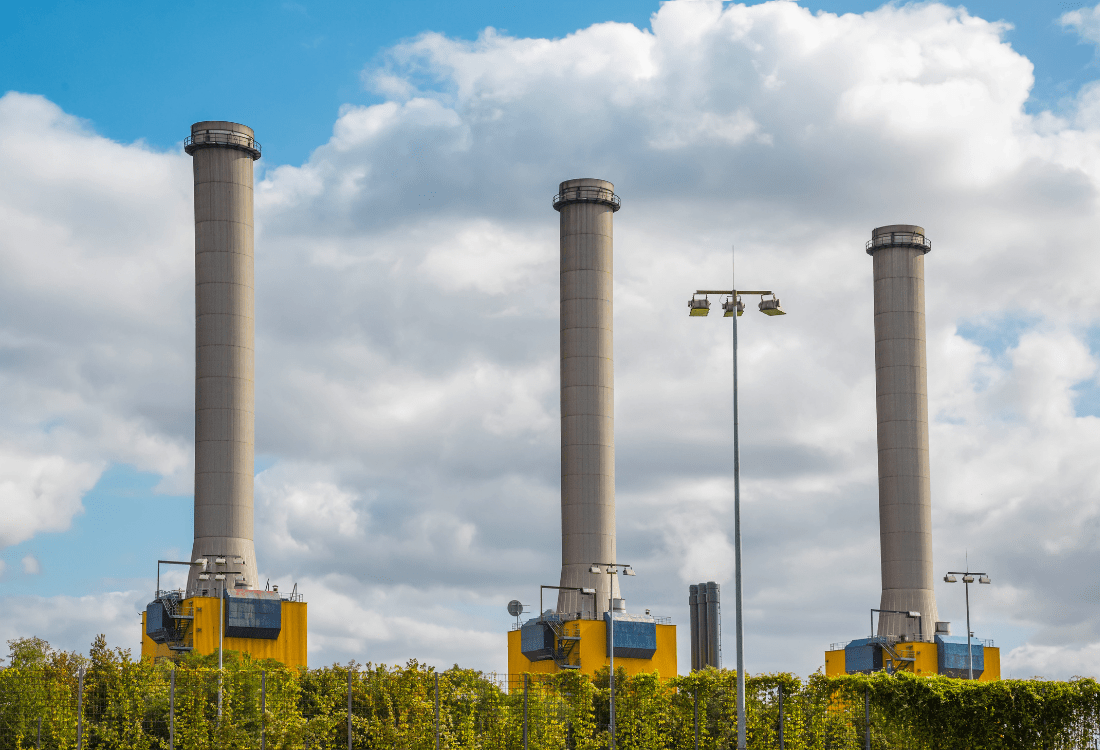
As the cost of energy continues to rise, households and businesses are faced with a growing challenge to keep their energy costs manageable. One solution that has gained popularity in recent years is installing a Combined Heat and Power (CHP) unit, which generates both heat and electricity simultaneously. In this article, we will discuss three benefits of investing in a CHP unit.
What Is A CHP Unit And How Do They Work?
Combined heat and power (CHP) is a highly efficient technology that generates both heat and electricity simultaneously from a single fuel source. A CHP unit works by capturing the excess heat generated during the electricity generation process and using it to produce heat for buildings, hot water supply or industrial processes, reducing overall energy consumption and saving money on energy bills.
CHP units have lower carbon emissions and can operate on a variety of fuel sources such as natural gas, biomass, or biogas. For instance, on farms and industrial businesses, biogas can be recovered from agricultural or food biomass waste products and used as fuel for the gas-powered engines which produces the heat and electric power for the site.
1. Electricity Contribution To The National Grid
With the high cost of electricity, having a CHP unit provides a great opportunity to generate electricity not only for yourself, but also for the National Grid. This allows operators to receive a substantial payout for every unit of electricity that they generate and contribute back to the grid. By using the CHP unit, any excess energy generated is efficiently stored, with the potential to sell it back to the grid in times of high demand, thus providing an additional revenue stream.
2. Reduction In Energy Bills And Overheads
Operators who install CHP units can save at least 20% on their energy bills compared to those using conventional methods of generation. With rising energy prices, having a sustainable and renewable source of energy available on site is a massive benefit for businesses.
3. Environmentally Friendly
The world is facing a climate crisis, and reducing carbon emissions is therefore a priority. CHP units use renewable sources of fuel drawn from a wide variety of sustainable, non-fossil fuel sources, and as such, they can reduce carbon emissions by up to 30% compared to traditional power-generating methods that involve a gas boiler and power station.
By using your own electricity within your home and business for at least some of your requirements, you can reduce your carbon footprint massively and cut your energy bills over time. CHP units can also provide a practical solution to on-site waste management in many commercial and agricultural settings by utilising biomass waste products as fuel, reducing the amount of waste that ends up in landfills.
Next Steps
At RM Walsh, we provide a range of replacement parts, spark plugs, and ignition systems for CHP plants, helping improve the productivity and lifetime value of these crucial systems. Please get in touch today to request a copy of our current product catalogue.
Image Source: Canva Apply for an Account
Apply for an Account Log In
Log In 0Basket
0Basket Checkout
Checkout
 01782 983376
01782 983376 info@rmwalshltd.co.uk
info@rmwalshltd.co.uk 
